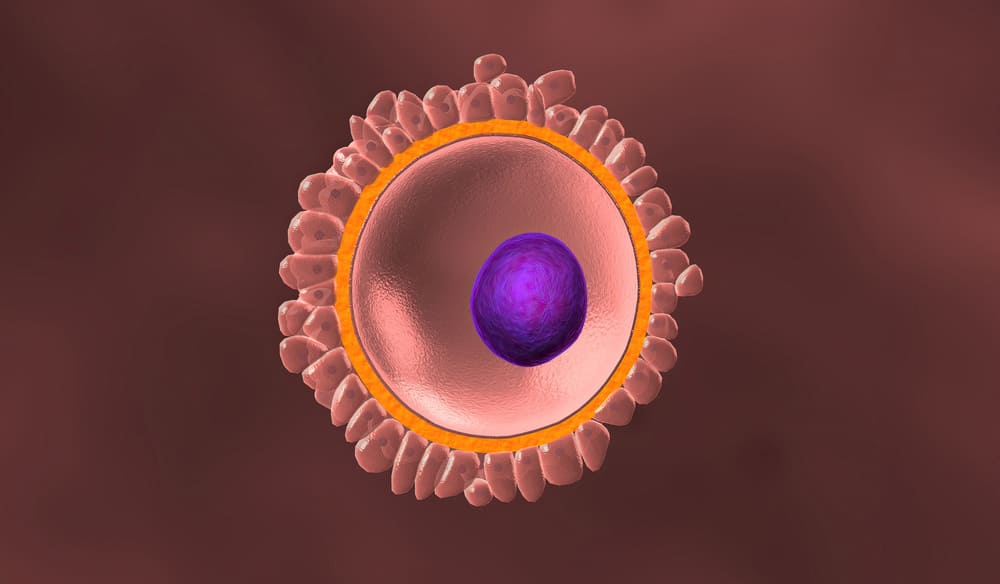Metabolic Diagnosis: The Science That Helps Us Select the Best Eggs for Your Pregnancy
April 2025

In the field of reproductive medicine, every scientific breakthrough represents a new opportunity for those seeking to achieve pregnancy. Among these advances, the metabolic diagnosis of eggs has marked a before and after in the selection of gametes with the highest potential for embryonic development. In this blog, we will explore in depth what metabolic diagnosis is, how it works, and why it is a key tool within the exclusive IVF MORE® protocol.
What Is Metabolic Diagnosis of Eggs?
Metabolic diagnosis is an advanced technique that allows us to assess the cellular health of each egg before fertilization. Unlike conventional morphological evaluations (which are limited to observing the physical appearance of the egg), this diagnosis analyzes the internal function and energy efficiency of the cell, providing valuable information about its potential to become a viable embryo.
This evaluation is carried out by measuring biochemical markers such as ATP (adenosine triphosphate), which is the main source of cellular energy. Other parameters related to oxidative metabolism, mitochondrial quality, and cytoplasmic integrity are also considered.
Why Is It Important to Evaluate Egg Metabolism?
Egg quality is a determining factor in female fertility. In fact, many cases of implantation failure or genetically abnormal embryos originate from functionally deficient eggs, even if they appear normal under the microscope.
A healthy egg:
- Has enough energy to complete cell division.
- Maintains proper cytoplasmic organization.
- Contains active and efficient mitochondria.
- Shows low apoptotic activity (programmed cell death).
Metabolic diagnosis allows us to identify eggs that meet these characteristics and, therefore, are more likely to develop into viable and euploid embryos (with the correct number of chromosomes).
How Is Metabolic Diagnosis Performed in IVF MORE®?
IVF MORE® has incorporated metabolic diagnosis as a fundamental stage of the treatment. The process is carried out in the following steps:
1. Egg Retrieval
After ovarian stimulation, eggs are extracted through follicular puncture. These eggs are classified and prepared for analysis.
2. Initial Morphological Evaluation
Their overall appearance is reviewed, verifying the maturity and structure of the cumulus-oocyte complex.
3. Metabolic Analysis
Embryologists take small samples of cytoplasm or follicular fluid and analyze markers such as:
- ATP (indicator of cellular energy)
- Oxidative stress
- Mitochondrial activity
- Apoptosis levels
4. Selection of Eggs with Higher Potential
Only eggs with a favorable metabolic profile proceed to the next stage of treatment, which may include oocyte restoration or direct fertilization.
Advantages of Metabolic Diagnosis
- Precision in egg selection: Those with the highest chance of becoming healthy embryos are chosen.
- Reduction of abnormal embryos: Improves the efficiency of the IVF cycle.
- Increase in implantation rate: Only embryos with the greatest chance of success are transferred.
- More information for clinical decisions: Allows for personalized treatment and helps decide if an egg should be restored.
Who Is Metabolic Diagnosis Recommended For?
This tool is particularly useful for:
- Women over 38 with poor egg quality.
- Patients with endometriosis or PCOS.
- Women with repeated IVF or implantation failures.
- Couples with genetically abnormal embryos in previous cycles.
- Patients who wish to try with their own eggs before turning to donation.
Ideal Complement to Oocyte Restoration
Metabolic diagnosis is also a key step in deciding which eggs could benefit from oocyte restoration. This restoration, a central part of IVF MORE®, involves infusing energy factors and biochemical components extracted from the patient’s own cells to improve the metabolism and function of the eggs.
In many cases, eggs that would have previously been discarded can now be restored and successfully used in IVF treatment.
Testimonials and Results
In cases treated with IVF MORE®, the following has been observed:
- Reduction of abnormal embryos from 82% to 28% after oocyte restoration guided by metabolic diagnosis.
- Higher pregnancy rate in women previously rejected for conventional IVF.
- Pregnancies achieved with only 1 or 2 restored eggs.
Conclusion: Science That Brings Hope
Metabolic diagnosis is one of the most promising tools in the field of fertility. Thanks to its ability to reveal the true potential of each egg, it allows specialists to make more precise and personalized clinical decisions.
At IVF MORE®, this technology is a fundamental part of a comprehensive approach that combines science, regenerative medicine, and human care to increase the chances of achieving pregnancy with a woman’s own eggs, even in the most complex cases.
If you would like to know if you are a candidate for this protocol, contact us. We are here to help you take the next step on your journey toward a successful pregnancy.
